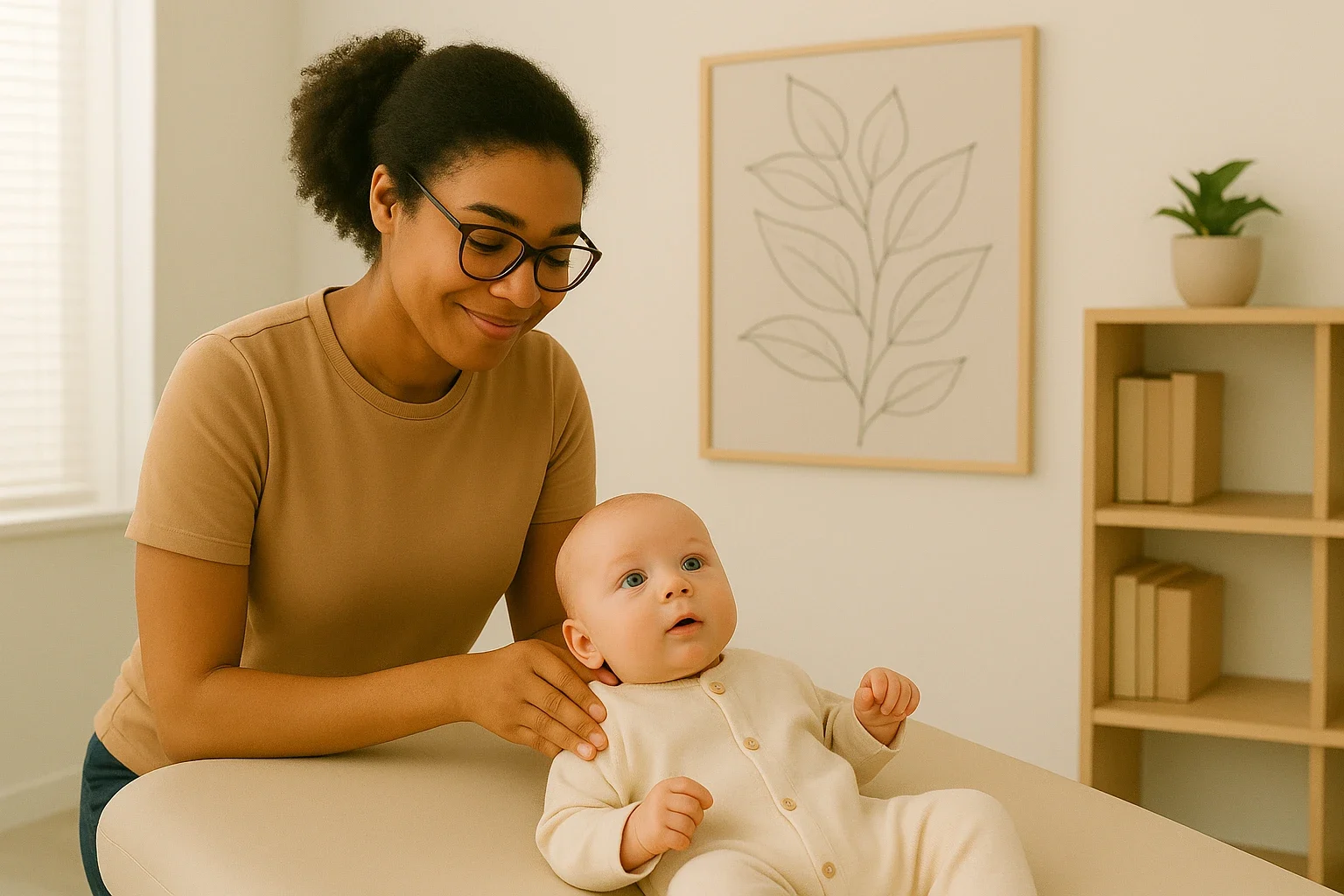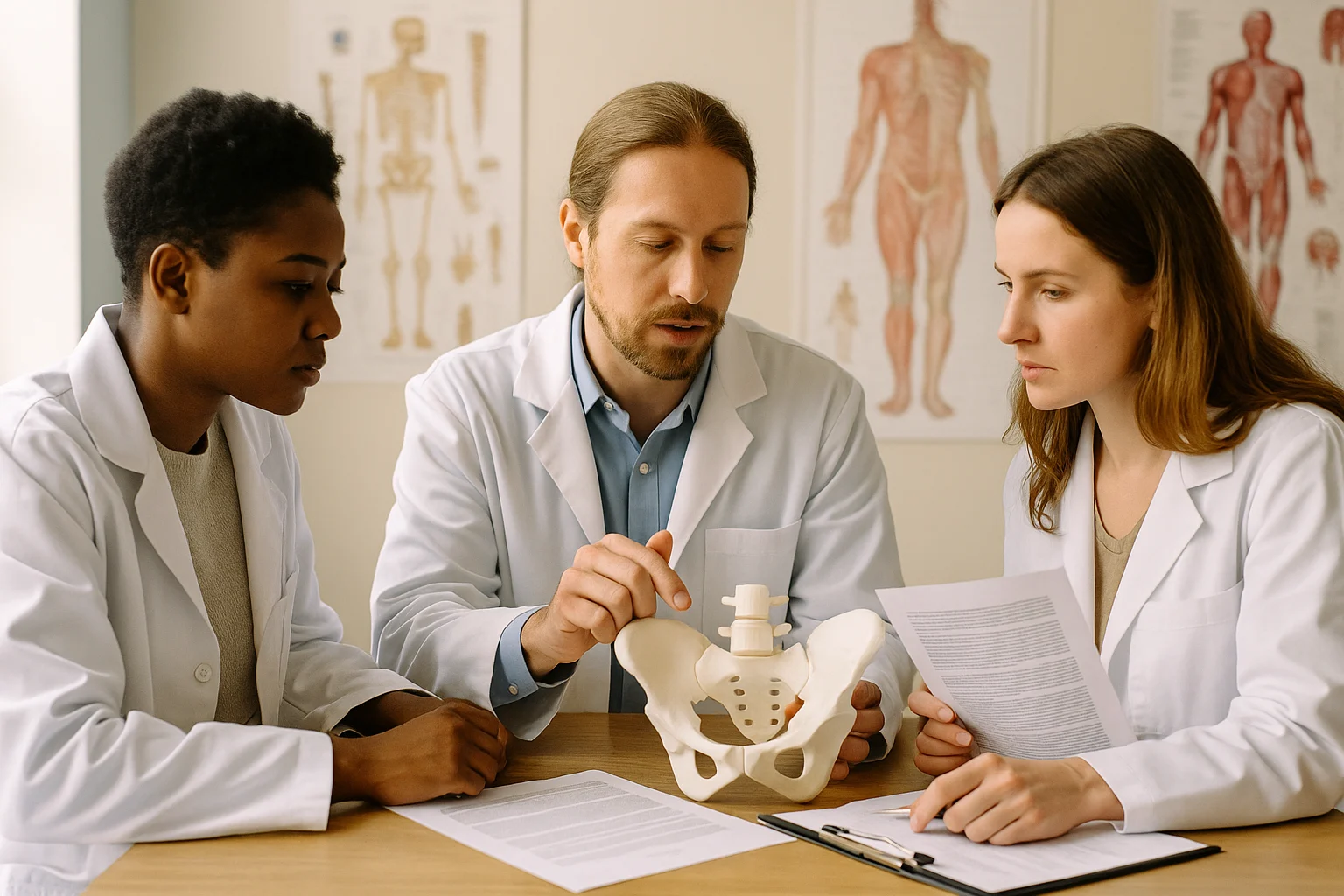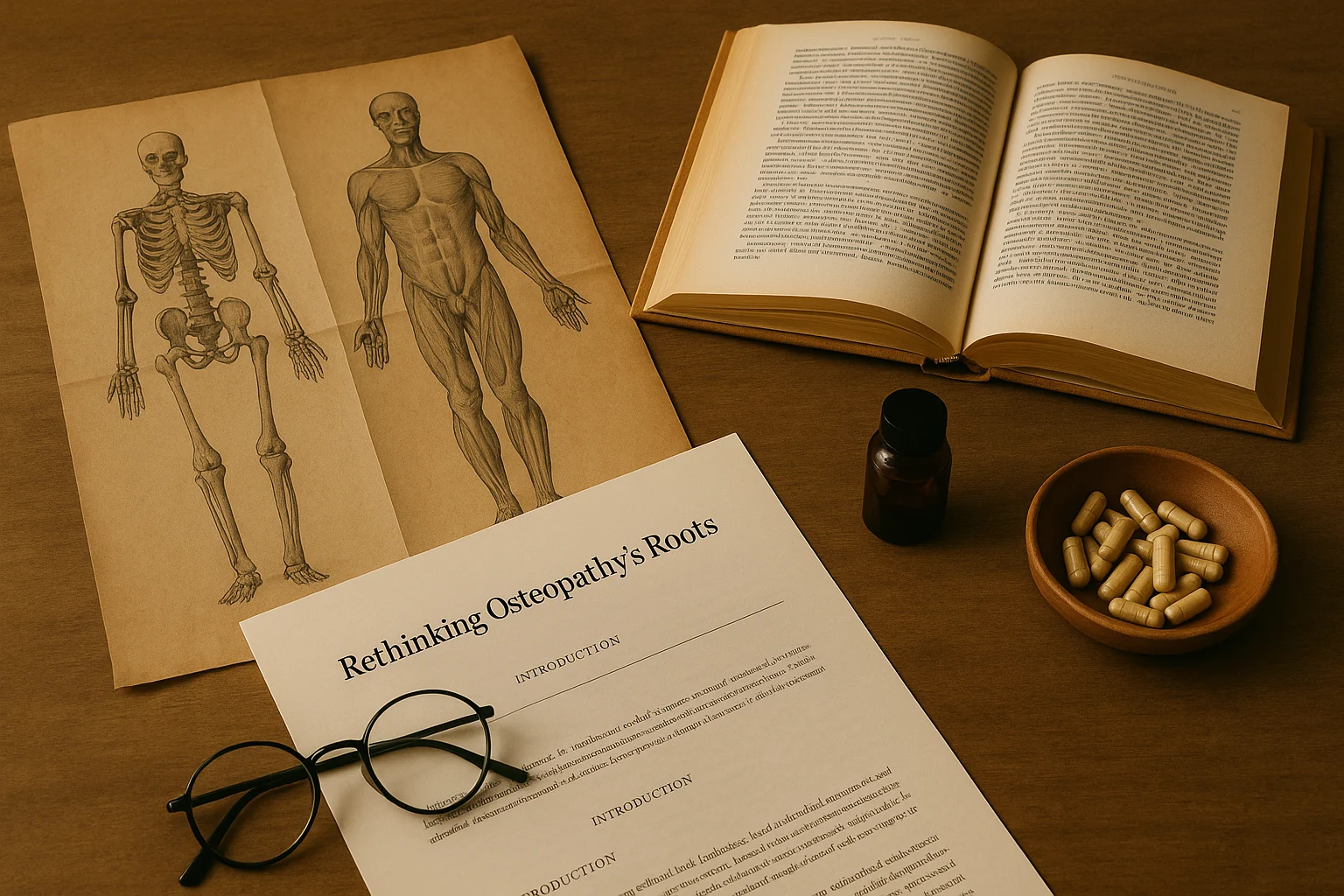Pediatric osteopathy is an emerging and rewarding specialty within manual osteopathic practice in Canada. It offers practitioners the opportunity to support infants and children through gentle, non-invasive manual therapy techniques tailored to their unique anatomy and physiology. Unlike adult care, pediatric osteopathy involves a family-centered approach where the intake process often includes detailed discussions with parents about prenatal history, birth experiences, feeding challenges, and developmental milestones. This specialty addresses a range of issues that are frequently overlooked or misunderstood by the public and even other healthcare professionals—including conditions like tongue tie, latching and breastfeeding difficulties, colic, reflux, torticollis, and physical trauma resulting from assisted deliveries (e.g., use of forceps or
ventouse). Many parents may not realize that these concerns can be effectively addressed through osteopathic care.
How Pediatric Osteopathy Differs from Adult Treatment
Treating children, particularly infants and toddlers, requires a different clinical mindset and toolkit. The intake form and patient history are completed entirely through the parent or guardian, and developing trust with the family is essential for treatment success. Techniques are far gentler than those used on adults and must account for a child's ongoing development. Sessions often involve working around feeding or sleep schedules and creating a calm environment to soothe the child. Practitioners must also be mindful of how they explain findings and progress to caregivers in a reassuring, clear, and educational manner.
Pros and Cons of Specializing in Pediatric Osteopathy
Pros:
- Growing Demand: Awareness is increasing around the benefits of manual therapy for children, leading to higher demand for qualified pediatric osteopaths.
- Professional Fulfillment: Many practitioners find this field deeply satisfying, as they help address issues early in life, potentially preventing long-term dysfunction.
- Niche Expertise: Specializing in pediatric osteopathy sets a practitioner apart in the competitive landscape and can create a strong referral network from midwives, lactation consultants, and pediatricians.
Cons:
- Specialized Training Required: Treating pediatric cases safely and effectively requires additional education, including both theoretical knowledge and clinical practice.
- Indirect Communication: Since young patients cannot speak for themselves, osteopaths must rely entirely on parental input, which can at times be incomplete or subjective.
- Patience and Adaptability: Infants and young children may cry, squirm, or resist during treatment sessions, requiring significantly more patience, gentleness, and creativity from the practitioner to carry out effective care.
Training Opportunities in Canada
For manual osteopaths aiming to pursue pediatric specialization, several in-person and online training options are available across Canada:
- Green Osteopathy (Port Perry, ON): Offers a progressive series of pediatric osteopathy courses, including “Assessment and Treatment of the Young Baby” (Courses 1–3).
Course 1 is available virtually, and the others are held in person.
https://www.greenosteopathy.ca/courses - Centre for Continuing Education of Osteopathy & Manual Therapy: Provides a Pediatric Osteopathy Certification Program consisting of four self-paced online modules covering cranial abnormalities, torticollis, digestion, and orthopedic issues.
https://www.ceosteopathymanualtherapy.com/ - Southern Ontario College of Osteopathy (Mississauga, ON): Offers a 23-hour in-person course titled “An Osteopathic Approach in Pediatrics,” which covers anatomy, physiology, pathology, and treatment of various pediatric conditions.
clinicalosteopathy.com - Kindred Academy: Provides an extensive online training program called “Treating Babies,” which includes over 65 video lessons, PDF downloads, and mind maps. The course covers comprehensive history taking, examination skills, treatment techniques, and communication with parents.
uni.bestforbabyosteo.com+2kindredbe.com+2YouTube+2 - Best For Baby Osteopathy: Offers the “Treating Babies Apprenticeship,” a comprehensive online program that includes five post-graduate courses, ten webinars, and live support. The apprenticeship provides a minimum of 40 hours of learning and covers various aspects of treating babies.
uni.bestforbabyosteo.com
Conclusion
Specializing in pediatric osteopathy allows manual osteopaths to make a profound impact on a child’s development and well-being from the earliest stages of life. With the right training and mindset, practitioners can establish themselves in a deeply meaningful niche—one that blends
clinical skill with compassion, patience, and family-centered care.








